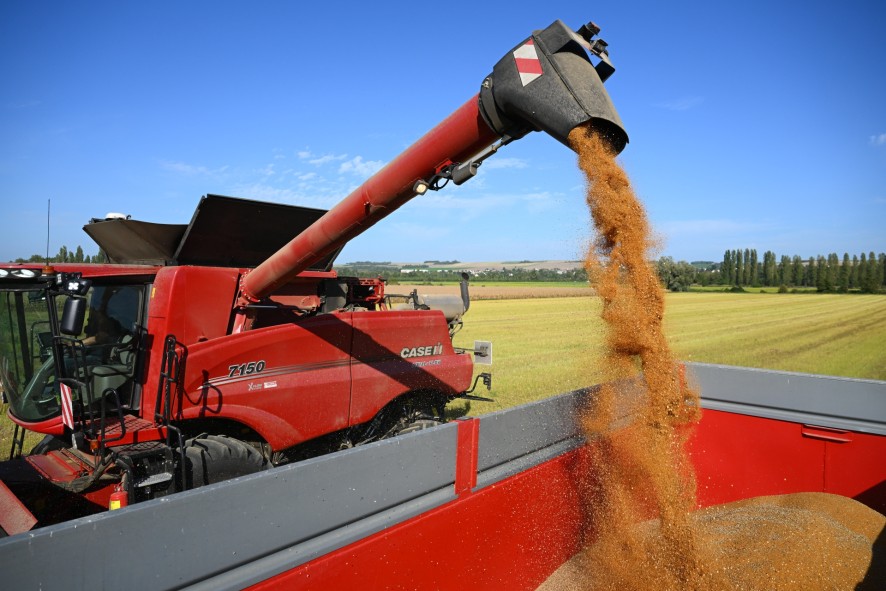Intermediate crops: potential benefits for farmers and for the Planet
Intermediate crops provide income for farmers
Today, intermediate crops are still not valorized very well apart from in the case of methanization, which uses intermediate silage crops that don’t reach maturity (mainly cereal crops like corn, rye, etc.).
By developing intermediate crop-based sectors, farmers could be guaranteed complementary income on their rotations through this extra harvest.
Crops that lead to extra protein and oil production on a single surface
Upstream and downstream sectors can take advantage of this extra highly protein-rich oil and oilseed meal production and, at the same time, improve carbon storage in soil.
Intermediate oilseed crops are the focus of more and more research given the opportunity they could provide to develop novel sustainable crops: environmental benefits without competing with food production and without the need for extra land.
Sustainable aviation fuel (SAF) production from intermediate crops
Intermediate crops can help decarbonize the aviation sector.
By developing these crops and then processing their seeds in already-existing crushing and refining facilities across the country, industrial groups can produce vegetable oil which will be processed by petroleum refiners into sustainable aviation fuel (SAF), and can use protein-rich oilseed meal for animal nutrition.
Camelina, an oil- and protein-rich oilseed crop from the Brassicaceae family, can be grown as an intermediate crop to produce the biomass required for sustainable aviation fuel sectors to develop.



